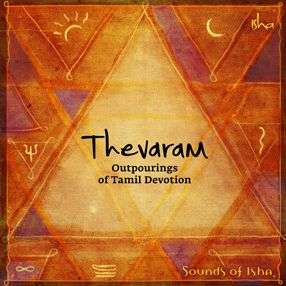

In Tevaram hymn IV.39 and others, he criticizes the Jain monastic practice of not brushing teeth, the lack of body hygiene, their barbaric ascetic practices, the doctrine of pallurai (anekantavada) as self-contradictory relativism, the hypocrisy of running away from the world and work yet begging for food in that same world, and others. Īppar's hymn are intimately devotional to Shiva, but occasionally include verses where he repents the Jain period of his life. He had thus left Jainism, and become a devout Shaiva. Thereafter, he came to be known as Navukkaracar (from Skt: Vagisa, "king of speech") or more popularly just Appar. As he sang the second verse, he was miraculously cured of his stomach illness. Then they went together to a Shiva temple in Atikai, where he spontaneously composed his first hymn of Tevaram. His sister gave him Tiruneeru (sacred ash) and the five syllable mantra "namaccivaya" (Namah Shivaya). After a while, afflicted by a painful stomach illness, Dharmasena returned home.

He studied Jainism and years later became the head of the Jain monastery in Tiruppatirippuliyur. He left home, joined a Jain monastery, where he was renamed Dharmasena (Tarumacenar). Unlike his sister, Appar turned to Jainism. The twelve volumes of Tamil Śaiva hymns of the sixty-three Nayanars Conversion to Jainism and return to Saivaism He spent his childhood in Tiruvamur village near Atikai by most accounts. She never married thereafter, devoted herself to Shaivism and to taking care of her little brother. His sister Thilagavathiar was betrothed to a military commander who died in war. Orphaned, he was raised by his bit older sister. His childhood name was Marunikkiyar (Marulneekiar). Some scholars place him a bit later, in early 7th-century. Īppar was born in late 6th-century, likely between 570 and 596 CE. There, under Thiruninrasargam and in 428 verses, Sekkizhar presents the legendary life of Appar. One of the most studied version is the Sekkizhar's Periya Puranam, the last book of the Tirumurai. A written collection of his hymns as well as more details are found in texts about four centuries after he died. Appar (Wooden Image), ASI Museum, VelloreĪn outline about Appar's life, without specifics, are found in his own hymns that were preserved by an oral tradition.


 0 kommentar(er)
0 kommentar(er)
